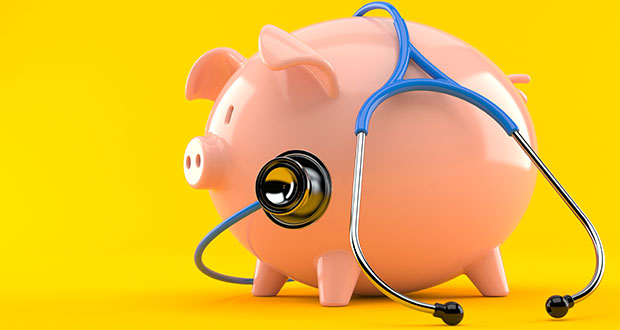The Australian Institute of Health and Welfare has released its annual report – Health Expenditure Australia 2017–18 – and it shows that out-of-pocket costs for individual Australians have risen 32.6 per cent.
The report also reveals a slight increase in overall health expenditure. In total, $185 billion, or $7500 per person, was spent on health goods and services, with government funding amounting to two-thirds of the total ($126.7 billion). Government spending represents 24.4 per cent of government tax.
Non-government entities – individuals, private health insurers, etc – made up the rest of the expenditure ($58.8 billion), with individuals contributing the most at $30.6 billion.
Australians paid more for their healthcare over that period, with out-of-pocket costs sitting at an average of $1578 per person, up from $1190 in the period 2016–17, a rise of 32.6 per cent.
“Total health spending increased by $2.2 billion in 2017–18 to $185.4 billion in constant prices. This was a 1.2 per cent increase on 2016–17 against a backdrop of 3.9 per cent average annual growth over the decade,” said AIHW spokesperson Dr Adrian Webster.
Contributions to health spending by private health insurers rose by $400 million to $16.6 billion in 2017–18. However, membership declined between 2016–17 and 2017–18 by about 33,000 to 11.3 million, the first decrease seen over the decade.
The AMA has called for a funding increase to keep up with an ageing population that faces a number of health challenges.
AMA president Dr Tony Bartone pointed to the $27 decrease in per person spending, compared to the 2016–17 year, as a step in the wrong direction.
“This is in spite of the ageing of the population, an increased complexity of the caseload, and the advent of new and more expensive interventions,” Bartone said.
“We need to increase health funding enough to keep up with an increasing and ageing population with more complex health needs.
“Maintaining funding at the same level will only see the situation get worse for our overstretched hospitals and patients waiting for their care.”
The 2017–18 report showed that the largest expenditure increases came from hospital funding, with a $3.2 billion bump. The $74.0 billion spent on hospitals over 2017–18 was nearly 40 per cent of total health expenditure.
Do you have an idea for a story?Email [email protected]
 Aged Care Insite Australia's number one aged care news source
Aged Care Insite Australia's number one aged care news source

